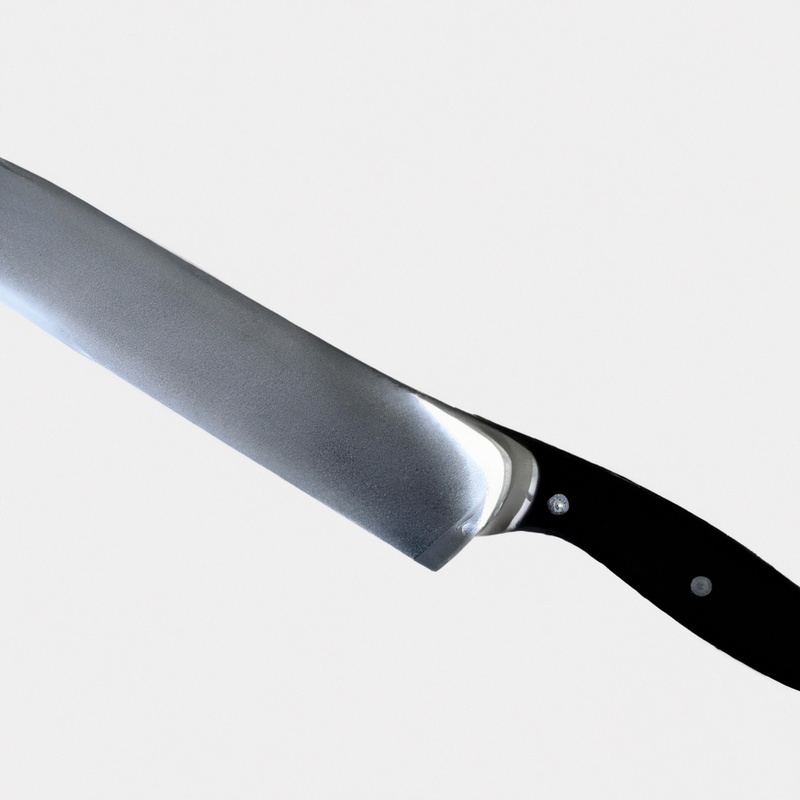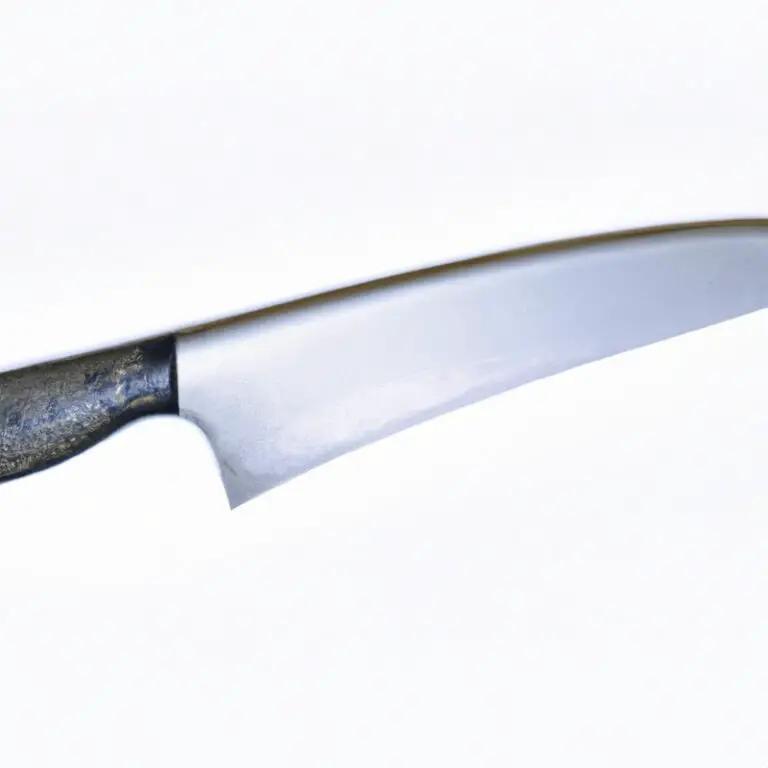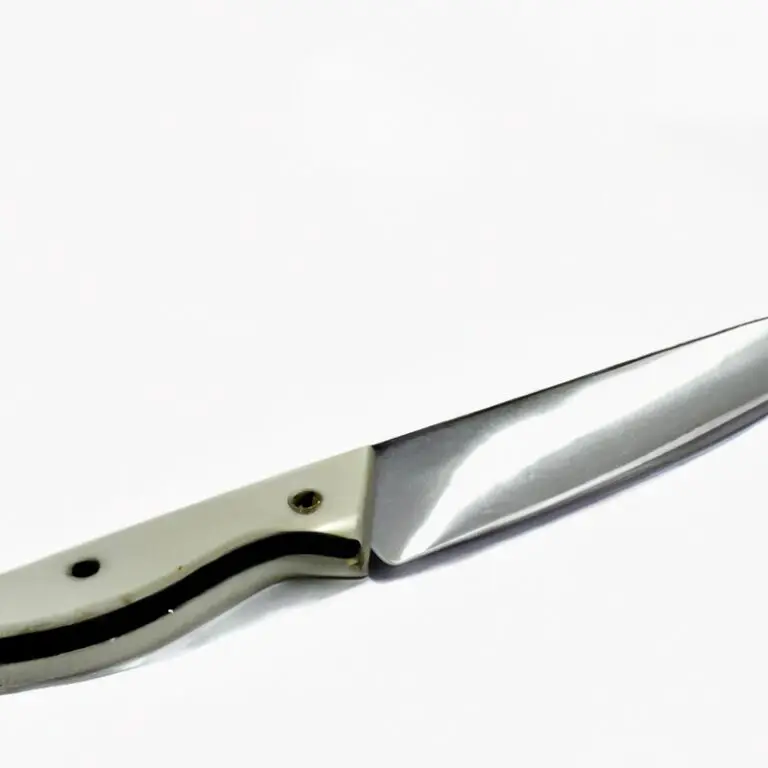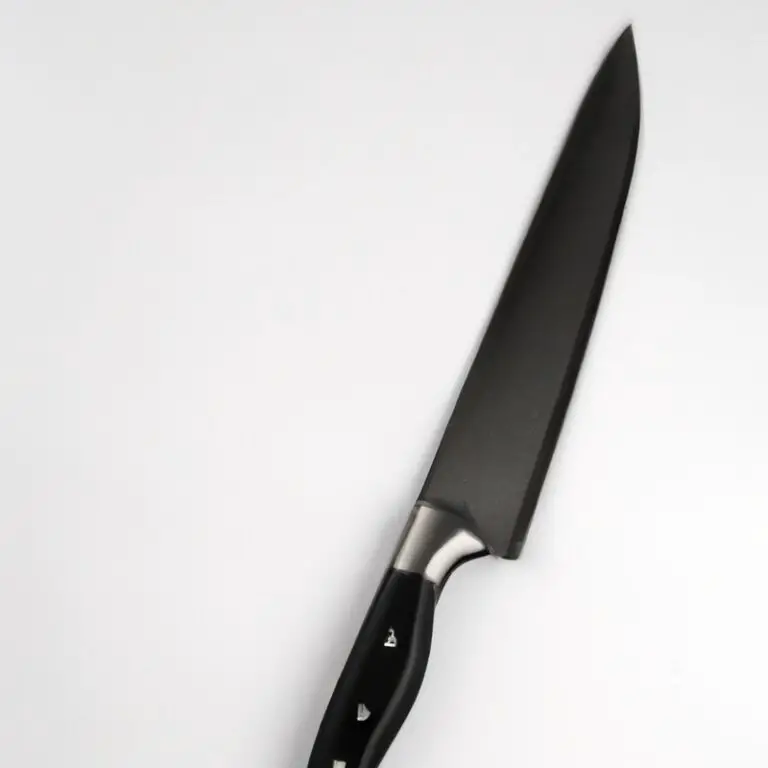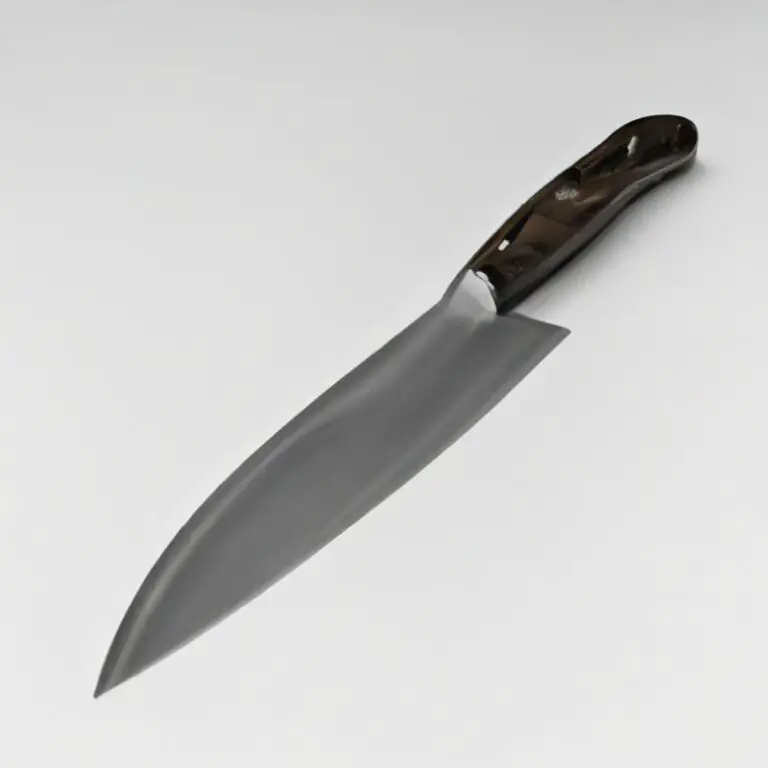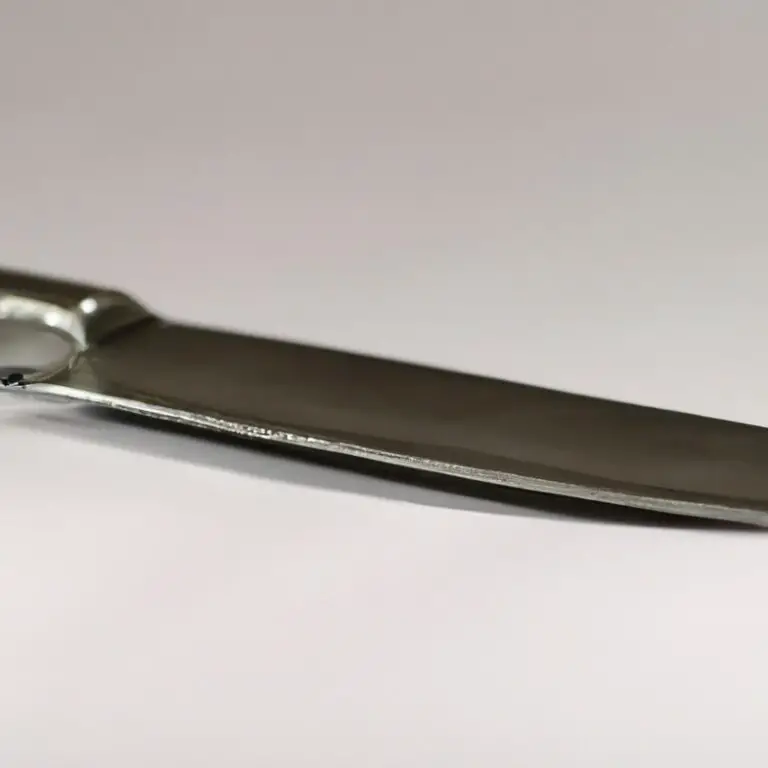What Is The Role Of Vanadium In Stainless Steel Knives?
Key Takeaways:
- Vanadium enhances the hardness and wear resistance of stainless steel knives.
- The presence of vanadium in stainless steel improves the overall strength and durability of the blades.
- Vanadium helps in maintaining the sharpness and edge retention of the knife.
- Vanadium also contributes to the corrosion resistance properties of stainless steel knives.
Have you ever wondered what makes stainless steel knives so strong and durable?
Well, let me tell you about a secret ingredient that plays a crucial role in their performance: vanadium.
This fascinating element enhances the hardness, strength, and wear resistance of stainless steel knives.
Not only that, it also improves their edge retention and corrosion resistance.
But how does vanadium achieve all this?
And how much of it is present in different types of stainless steel knives?
Join me on this journey as we explore the remarkable role of vanadium in creating the perfect cutlery companion.
| Role of Vanadium in Stainless Steel Knives | |
|---|---|
| Property | Explanation |
| Increased Hardness | Vanadium enhances the hardness and wear resistance of stainless steel, making the knives more durable and long-lasting. |
| Improved Strength | Vanadium strengthens the steel, allowing the knives to withstand external forces and prevent deformation or bending. |
| Enhanced Corrosion Resistance | Vanadium forms stable carbides that improve the stainless steel’s resistance to corrosion, ensuring the knives remain rust-free. |
| Fine Grain Structure | Vanadium aids in the refinement of the steel’s grain structure, resulting in better sharpness and edge retention. |
| Better Toughness | Vanadium contributes to the toughness of stainless steel, making the knives less prone to chipping or breaking during use. |
| Impact Resistance | By increasing the steel’s impact resistance, vanadium helps prevent damage to the knives when subjected to sudden shocks or heavy cutting tasks. |
| Reduces Carbide Precipitation | Vanadium helps reduce the formation of chromium carbides, preserving the stainless characteristics of the steel and maintaining excellent edge retention. |
Understanding Stainless Steel Knives
Composition of stainless steel knives
The composition of stainless steel knives typically includes iron as the main element, along with carbon and chromium.
Carbon provides hardness, while chromium enhances corrosion resistance.
Other elements like nickel, molybdenum, and vanadium may also be added to improve specific properties.
These elements work together to create a durable and high-performing knife.
The exact composition can vary depending on the specific stainless steel grade used by the knife manufacturer.
It is important to consider the composition of the knife when choosing one that meets your needs.
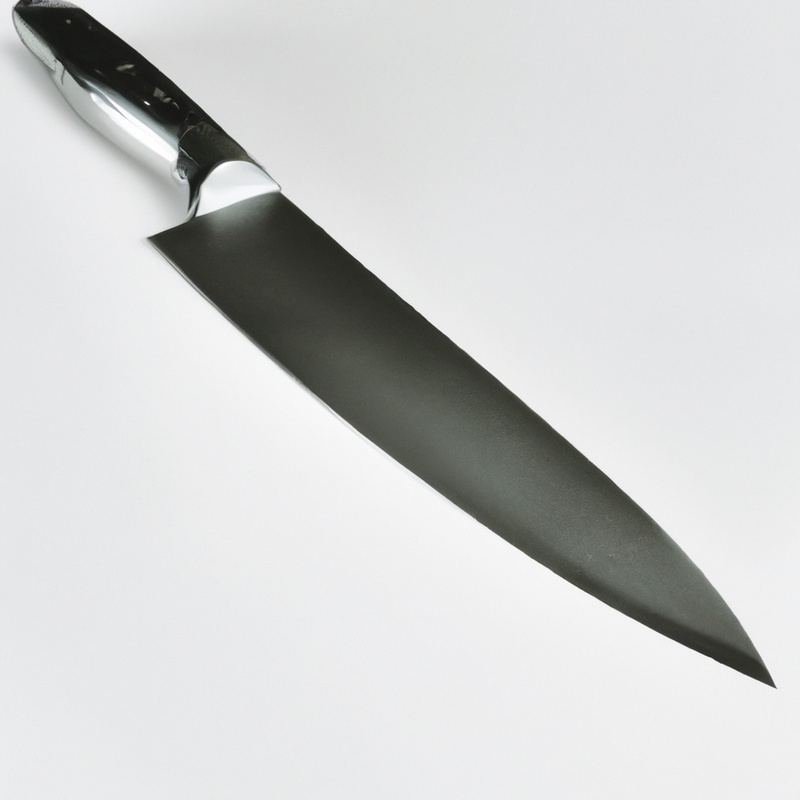
Properties of stainless steel knives
Properties of stainless steel knives include high corrosion resistance, excellent durability, and good edge retention. Stainless steel knives are resistant to rust and staining, which makes them low-maintenance and suitable for various environments.
They also have a strong and hard blade that can withstand heavy use without easily chipping or breaking.
Additionally, stainless steel knives maintain their sharpness for longer periods, reducing the need for frequent sharpening. With these properties, stainless steel knives are a reliable and versatile choice for everyday use in the kitchen or outdoors.
Role of Vanadium in Stainless Steel Knives
Improving wear resistance
Vanadium plays a crucial role in improving the wear resistance of stainless steel knives.
The addition of vanadium helps to enhance the hardness of the steel, making it more resistant to wear and abrasion.
This means that the knife will maintain its sharpness and cutting performance for a longer period of time.
Vanadium also helps to refine the grain structure of the steel, further contributing to its wear resistance.
So, if you’re looking for a stainless steel knife that will last and perform well, choosing one with a higher vanadium content is a good idea.
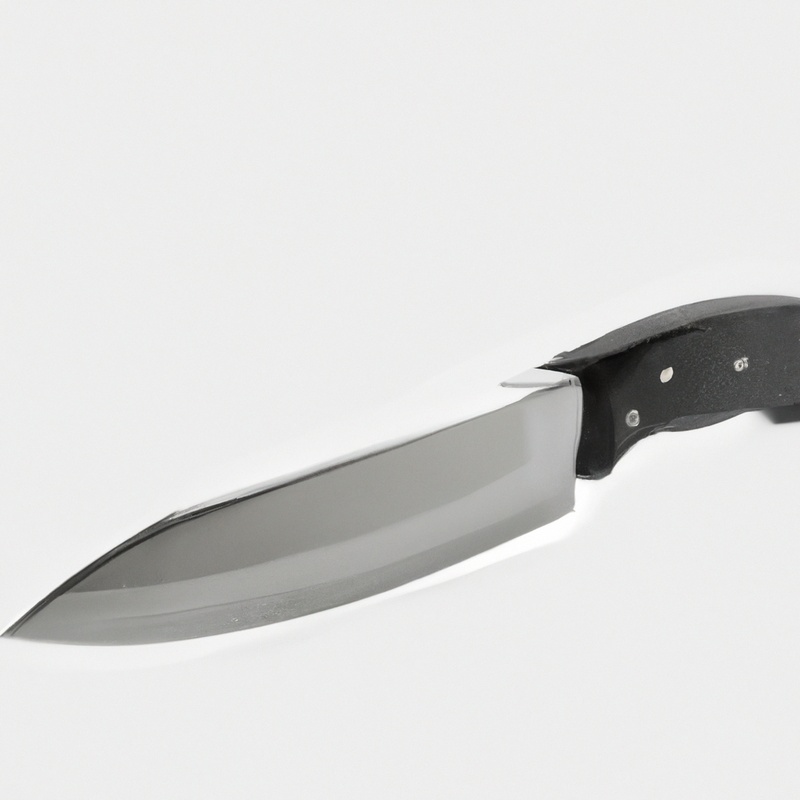
Enhancing edge retention
Enhancing edge retention is a key role of vanadium in stainless steel knives.
Vanadium helps increase the hardness and wear resistance of the steel, which ultimately contributes to the knife’s ability to maintain a sharp edge for longer periods of time.
With vanadium, the knife will stay sharper for longer, reducing the need for frequent sharpening.
This makes it an important factor to consider when choosing a stainless steel knife.
The higher the vanadium content, the better the edge retention of the knife.
Enhancing corrosion resistance
To enhance the corrosion resistance of stainless steel knives, vanadium plays a crucial role. It forms carbides that prevent the formation of chromium-depleted zones in the steel, which can lead to corrosion.
Additionally, vanadium helps in the formation of a protective oxide layer on the surface of the knife, further enhancing its resistance to corrosion.
By incorporating vanadium into the steel composition, knife manufacturers can provide better protection against rust and corrosion, ensuring that the knives remain durable and long-lasting.
Vanadium Content in Stainless Steel Knives
Effect of vanadium content on knife performance
The vanadium content in stainless steel knives has a significant impact on their performance.
Increasing the vanadium content enhances the hardness and strength of the blade, resulting in improved cutting ability and durability.
It also improves wear resistance, helping the knife maintain its sharpness for longer periods.
Additionally, vanadium enhances the knife’s corrosion resistance, protecting it from rust and stains.
However, it’s important to note that higher vanadium content can also make the knife more difficult to sharpen.
Therefore, finding the right balance is crucial for optimal knife performance.
Vanadium content in different types of stainless steel knives
The vanadium content in different types of stainless steel knives can vary depending on the specific alloy used.
Generally, vanadium is added in small amounts, typically ranging from 0.1% to 1.5% of the total composition.
Higher vanadium content is often found in high-performance stainless steel knives, where it helps enhance hardness, wear resistance, and edge retention.
However, it’s important to note that the exact vanadium content can vary among knife makers and specific knife models.
Always check the product specifications or consult with the manufacturer to determine the vanadium content of a particular stainless steel knife.
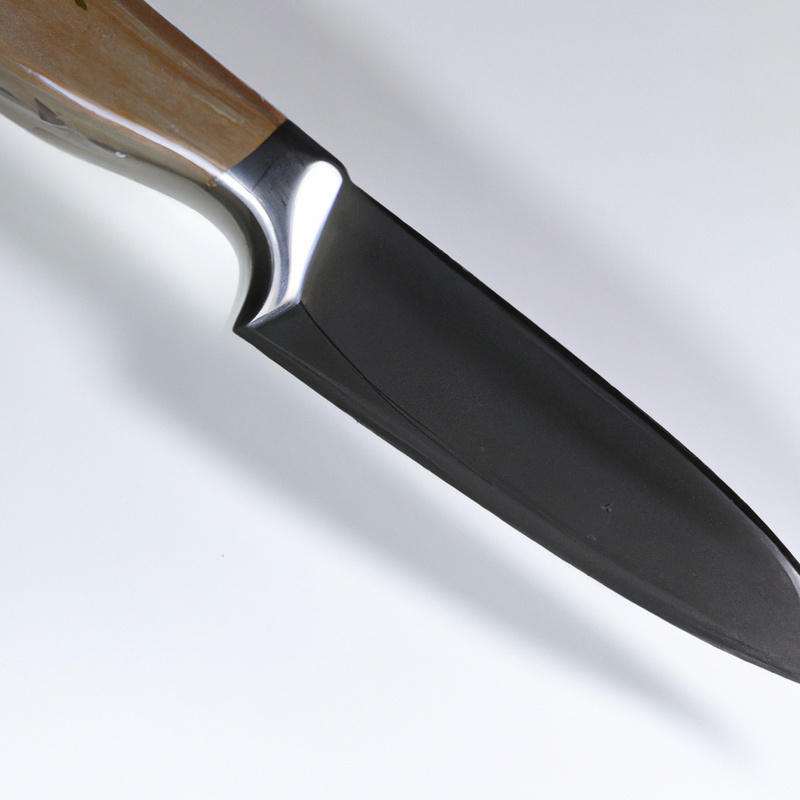
Other Alloying Elements in Stainless Steel Knives
Interactions between vanadium and other elements
Vanadium in stainless steel knives interacts with other elements to enhance various properties.
When combined with chromium, it forms the hard and wear-resistant carbides that improve the knife’s hardness and strength.
Vanadium also works with carbon to enhance the steel’s edge retention capabilities.
Additionally, when paired with other elements like nickel and molybdenum, vanadium contributes to the steel’s corrosion resistance.
These interactions play a crucial role in determining the overall performance and quality of stainless steel knives.
Considerations for Purchasing Stainless Steel Knives
Factors to consider when choosing knife with vanadium content
When choosing a knife with vanadium content, there are a few factors to consider.
- Hardness and strength: Vanadium enhances the hardness and strength of the knife, making it more durable and resistant to wear and tear. Look for knives with a higher vanadium content for better overall performance.
- Wear resistance: Vanadium improves the wear resistance of the knife, ensuring that it maintains its sharpness and edge for longer periods. This is especially important if you plan on using the knife for heavy-duty tasks.
- Edge retention: Knives with vanadium content tend to have better edge retention, meaning that the blade will stay sharp for longer periods before requiring sharpening. Look for knives that strike a balance between vanadium content and other alloying elements for optimal edge retention.
- Corrosion resistance: Stainless steel knives with vanadium content also benefit from enhanced corrosion resistance. This helps prevent rust and staining, extending the lifespan of the knife.
Consider these factors when choosing a knife with vanadium content to ensure that you find a high-quality and durable option that meets your needs.
Balancing vanadium content with other knife properties
Finding the right balance of vanadium content in a stainless steel knife is essential for achieving optimal performance. Too much vanadium can result in a knife that is too brittle, while too little may reduce its hardness, edge retention, and wear resistance.
It’s crucial to consider other knife properties, such as carbon content, chromium content, and heat treatment, when determining the appropriate level of vanadium.
By striking the right balance, you can ensure a knife that offers excellent hardness, strength, wear resistance, edge retention, and corrosion resistance for your specific needs.
Role of Heat Treatment in Stainless Steel Knives
Importance of heat treatment
Heat treatment plays a crucial role in the performance of stainless steel knives.
It involves subjecting the knife to controlled heating and cooling processes to enhance its properties.
The importance of heat treatment lies in its ability to improve the hardness, strength, and wear resistance of the knife.
It also helps to enhance the edge retention and corrosion resistance of the blade.
Without proper heat treatment, the knife may not perform optimally and may be prone to dulling, bending, or corrosion.
Therefore, heat treatment is an essential step in maximizing the durability and functionality of stainless steel knives.
Effect of heat treatment on vanadium in knives
The heat treatment process plays a significant role in the performance of stainless steel knives, including the effect on vanadium.
Heat treatment can affect the distribution and precipitation of vanadium carbides, which enhance the hardness, wear resistance, and edge retention of the knife.
Additionally, heat treatment can influence the corrosion resistance of the stainless steel, which indirectly affects the vanadium content.
Proper heat treatment is essential to maximize the benefits of vanadium in stainless steel knives.
Final Verdict
As an expert on stainless steel knives, I can confidently say that vanadium plays a crucial role in enhancing the performance and durability of these knives.
By adding vanadium to the steel composition, knives can achieve increased hardness, improved wear resistance, enhanced edge retention, and superior corrosion resistance.
The vanadium content in stainless steel knives varies depending on the type and purpose of the knife.
It is essential to consider the vanadium content when choosing a knife and to balance it with other properties such as toughness and ease of sharpening.
Lastly, the heat treatment process significantly affects the vanadium in the knives, further optimizing its benefits.
In conclusion, vanadium is a vital element that contributes to the overall quality and functionality of stainless steel knives.

